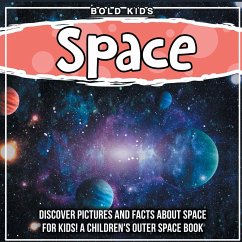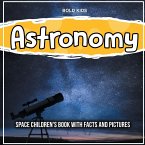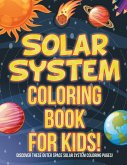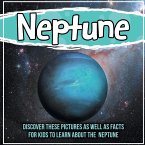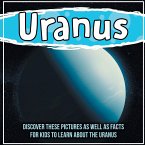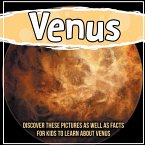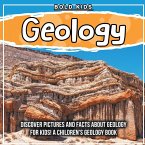As a stay-at-home mom and former teacher, I understand how difficult it can be to explain space to young children. I am here to help with some simple facts about space that can help your kids understand how big our universe really is. This fact sheet has fun facts about Jupiter, Saturn, and Uranus. You can use it to make your own celestial model. Remember to use a simple model of the moon and planets to illustrate the different concepts.The first step in teaching your child about space is to show them the sun. The sun is a dwarf star, which means it is smaller than our sun. Giant stars are called red giants, and they can swallow entire orbits of Saturn. Dwarf stars, on the other hand, live for trillions of years, while larger stars only live for a few million years. In order to get your child excited about space, start by sharing some cool facts about space.You can show your child facts about space by pointing out that the sun and planets are made of stars. These stars are also called dwarfs. Their mass is one hundred and eight times less than the Sun's, and they are very similar. The moon is a giant, but it is a red giant. Compared to the Sun, a neutron star can absorb Saturn's entire orbit. Despite their differences, the sun and planets have much in common.
